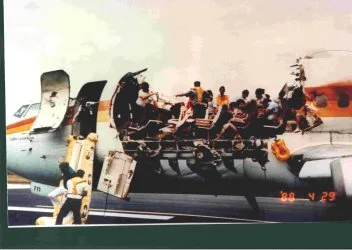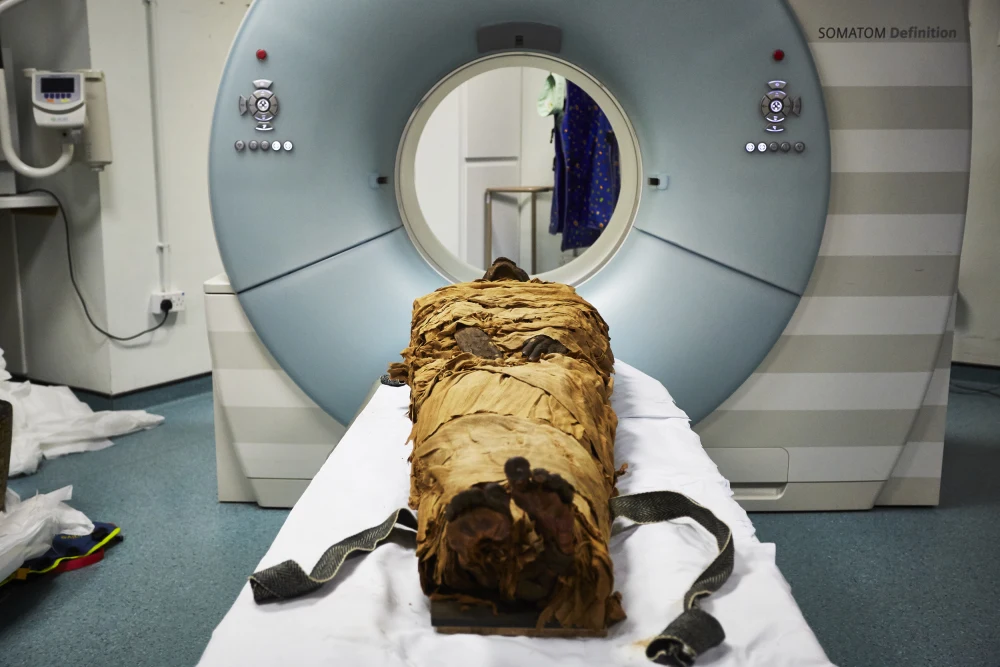On April 28, 1988, Aloha Airlines Flight 243, a Boeing 737, departed from Hilo, Hawaii, heading to Honolulu. Just 20 minutes into the flight, at 24,000 feet, part of the fuselage’s roof tore away due to explosive decompression. Metal fatigue and inadequate maintenance caused the tear, exposing the plane to an open sky. This terrifying event put passengers and crew in immediate danger.
During the incident, flight attendant Clarabelle “C.B.” Lansing was ejected from the aircraft. Remarkably, other passengers, secured by seatbelts, managed to stay seated despite the extreme conditions. More than 60 passengers suffered injuries due to flying debris and decompression. However, Captain Robert Schornstheimer and First Officer Madeline Tompkins acted quickly, taking control and initiating an emergency descent.
The crew directed the damaged plane to Kahului Airport on Maui. Fearing additional damage and potential landing gear issues, they executed a tense but successful emergency landing. With only two ambulances on the island, emergency responders relied on tour vans to transport injured passengers, as there was no protocol for an event of this scale.
This accident had a lasting impact on aviation safety. Authorities discovered that the plane, used frequently for short flights, had accumulated high flight cycles that increased metal fatigue. Boeing responded by redesigning the 737 fuselage structure, while Aloha Airlines revised its maintenance practices. Regulations were updated to ensure thorough inspections for older aircraft, especially those operating in humid or coastal regions where salt speeds up corrosion.
The survival of Aloha Airlines Flight 243 became a symbol of resilience and led to improved safety standards that continue to protect passengers and crew today.
Aloha Airlines Flight 243 Shocking Mid-Air Emergency Story
On April 28, 1988, Aloha Airlines Flight 243’s passengers experienced a nightmare in the sky at 24,000 feet. What had been a standard flight from Hilo to Honolulu turned into one of the most frightening incidents in the history of the aviation industry – a sudden explosive decompression removed the aircrafts roof, and the terrified passengers found themselves exposed to the open space.
The Boeing 737-200 had been flying for almost twenty years and was on a short island-hopping tour when the incident happened. It was a mid-flight bang that went loud and shook the airplane. In a very short time, the partially upward fuselage section had been torn open, and a part of the cabin had become an open-air tube.
Even though everything was in disarray, the flight crew kept their concentration.




